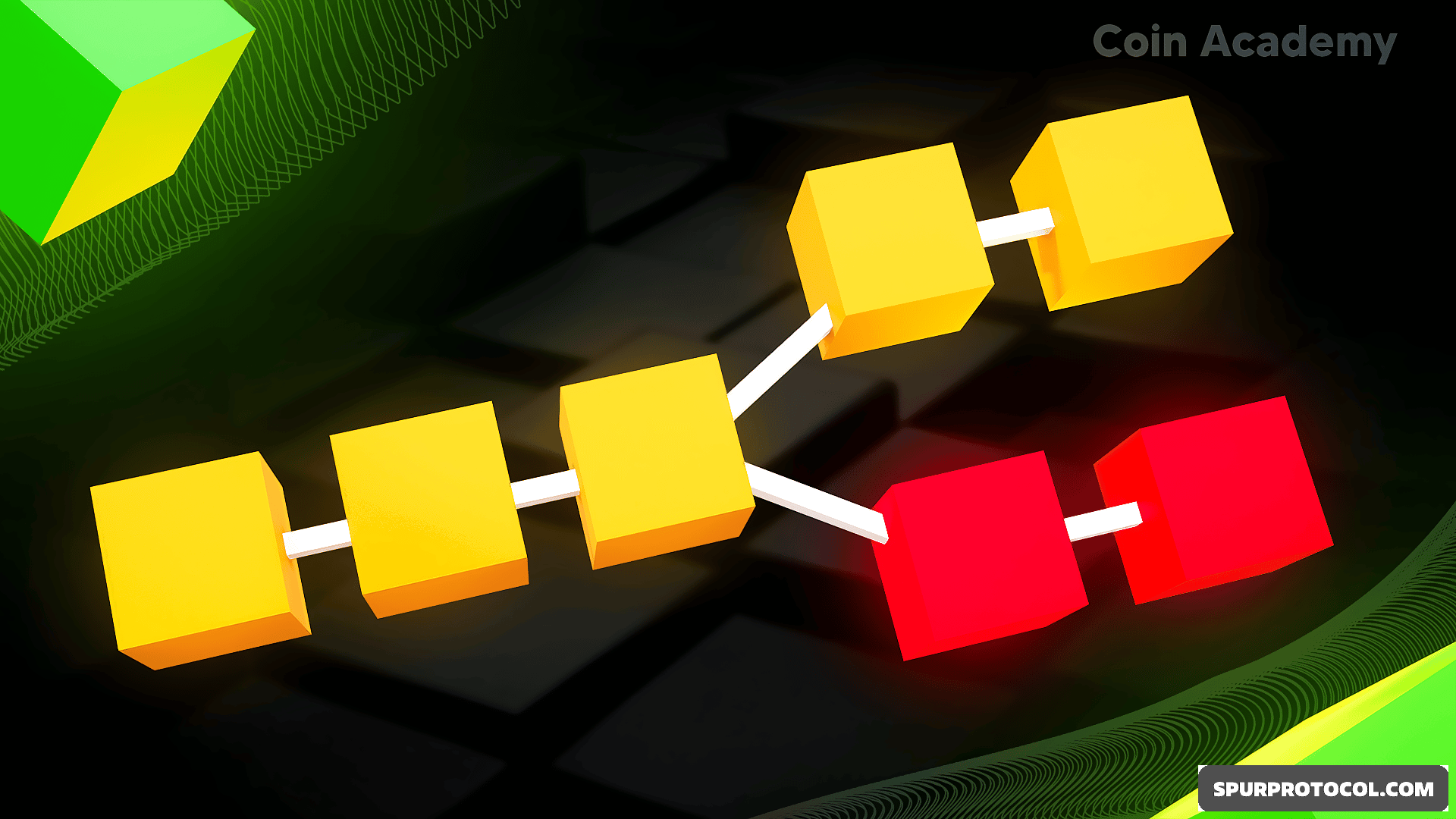WHAT IS FORK IN BLOCKCHAIN.
In blockchain, a "fork" occurs when a single blockchain splits into two separate, competing chains.
Go Back

🕒 10:40 PM
📅 Oct 17, 2025
✍️ By chyneyz
This can happen for several reasons, including a software update to the network's rules, a community disagreement on the future direction of the project, or even an accidental event. Forks are a fundamental mechanism for a decentralized network to evolve and adapt. There are two main types of intentional forks: hard forks and soft forks.
HARD FORK:
A hard fork is a permanent and irreversible split in a blockchain.
☆ Backward incompatibility:
The most important characteristic of a hard fork is that nodes running the old version of the software cannot validate blocks created by the new version. If you want to follow the new chain, you must upgrade your software.
☆Result:
A hard fork can result in the creation of an entirely new cryptocurrency and two distinct blockchain histories that operate independently.
Examples:
☆ Bitcoin Cash:
A hard fork of Bitcoin in 2017 to increase the block size limit, creating the separate Bitcoin Cash (BCH) network.
☆ EthereumClassic:
A hard fork in 2016 to reverse a major hack. The majority moved to the new Ethereum (ETH) chain, while a smaller group maintained the original chain, which became Ethereum Classic (ETC).
SOFT FORK:
A soft fork is a backward-compatible update to the blockchain's protocol, meaning older nodes can still recognize new blocks as valid.
☆ Rules are tightened:
Soft forks generally impose stricter rules on the network. For example, a soft fork might enforce a new transaction type, and older nodes will still see transactions created under the new rules as valid.
☆ No New Currency:
Because a soft fork does not create a permanent network split, it does not create a new cryptocurrency.
How It Works:
For a soft fork to be successful, a majority of the network's miners or validators must adopt the new rules. The rest of the network will follow the longest chain, which will be the one enforcing the new rules.
Example:
☆ Segregated Witness (SegWit):
A soft fork on the Bitcoin network in 2017 that fixed a vulnerability and increased block capacity without creating a permanent split.
ACCIDENTAL FORK:
These are temporary and unintentional forks that occur when two or more miners create a valid block at roughly the same time. In a proof-of-work system, this is a normal occurrence and is resolved when the network quickly converges on the longest chain. The blocks on the shorter, abandoned chain are called "orphan" blocks.

